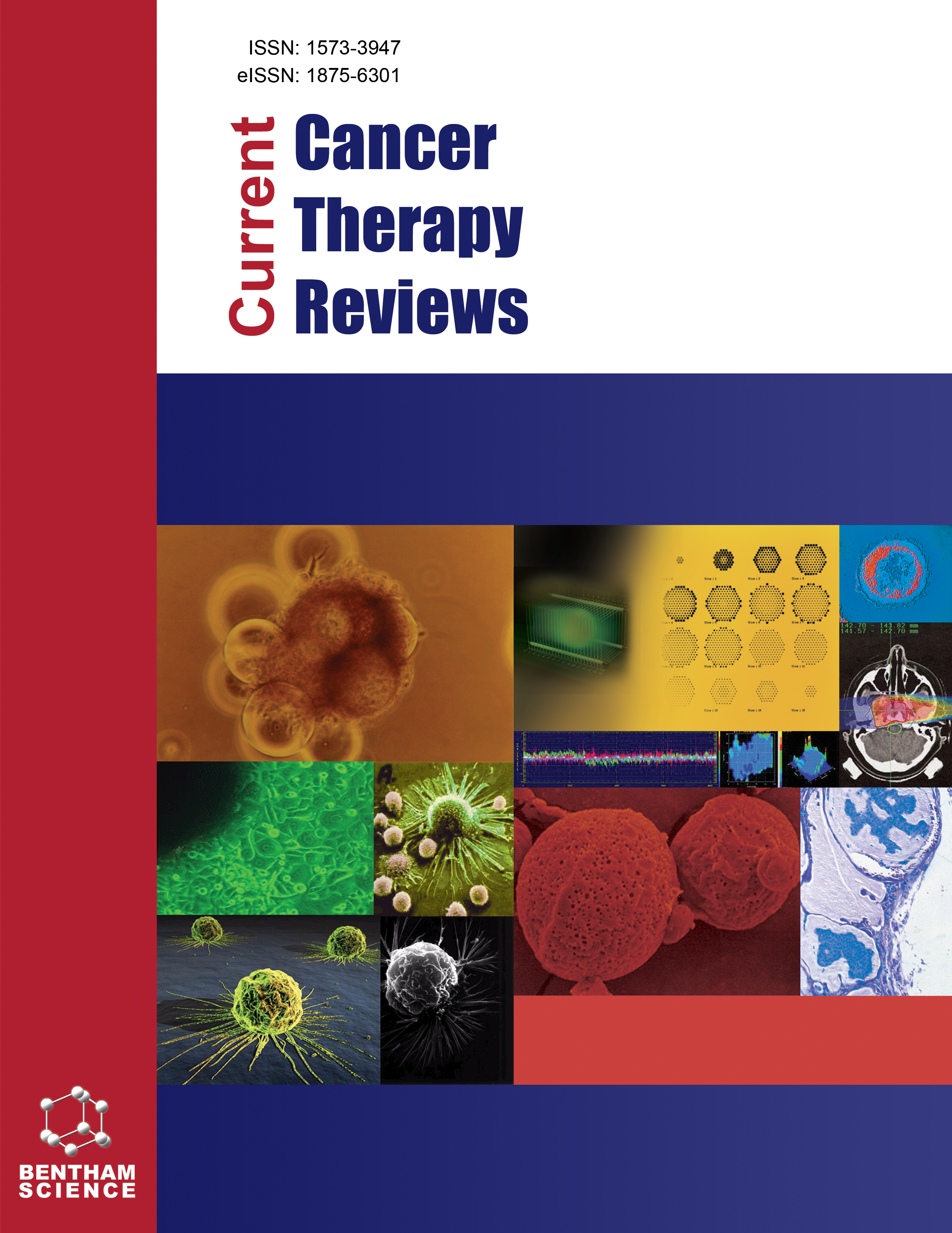
Full text loading...

Tripartite Motif Containing 56 (TRIM56) is an important member of the TRIM protein family that has gotten a lot of attention because it plays a big part in how tumours start and grow. Research has shown that TRIM56 promotes the growth of various malignancies, such as Cassibian sarcoma, breast cancer, and glioblastoma, and in some types of cancer with specific predisposing factors, such as ovarian cancer and multiple myeloid. It prevents leukaemia, liver cancer, lung adenocarcinoma, and tumours from growing and proliferating cancer cells. Consequently, TRIM56 may regulate tumour proliferation, metastasis, and other processes in both directions. This study aims to explore the dual role of TRIM56 in tumorigenesis and cancer progression. We have outlined its structure, functional domains, and involvement in key signalling pathways, such as the estragon, NF-κB, and TLR3/TTRIF pathways, which are frequently dysregulated in cancer. Furthermore, we investigate TRIM56's regulatory function in the epithelial-mesenchymal transition (EMT) and its differential impacts on tumour proliferation, metastasis, and suppression across various cancers. This review highlights the potential of TRIM56 as a therapeutic target and prognostic biomarker by synthesizing current evidence, emphasizing the need for additional research into its mechanisms and clinical applications. Although TRIM56's function in tumours has been better understood, research is needed to clarify its precise mechanisms in cancer and explore the possibility of using it as a target for therapeutic interventions.

Article metrics loading...

Full text loading...
References


Data & Media loading...